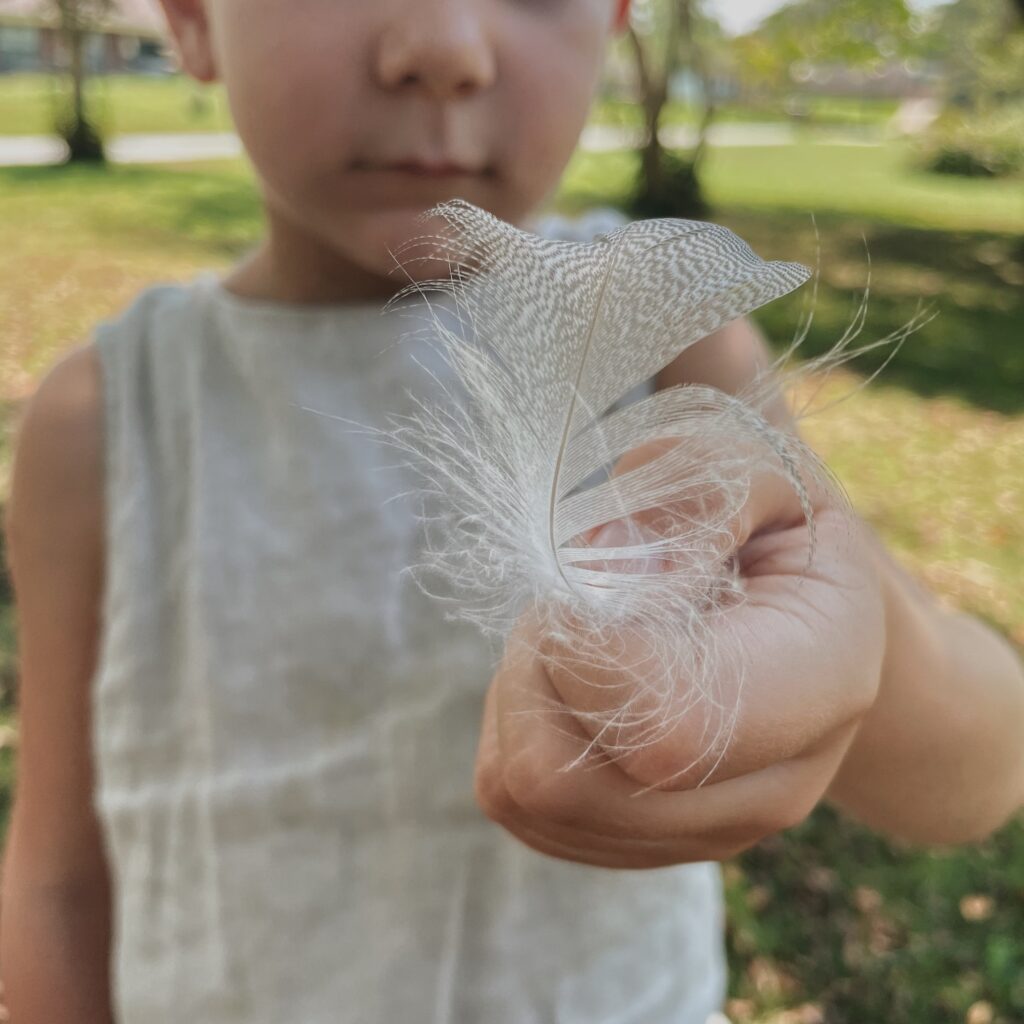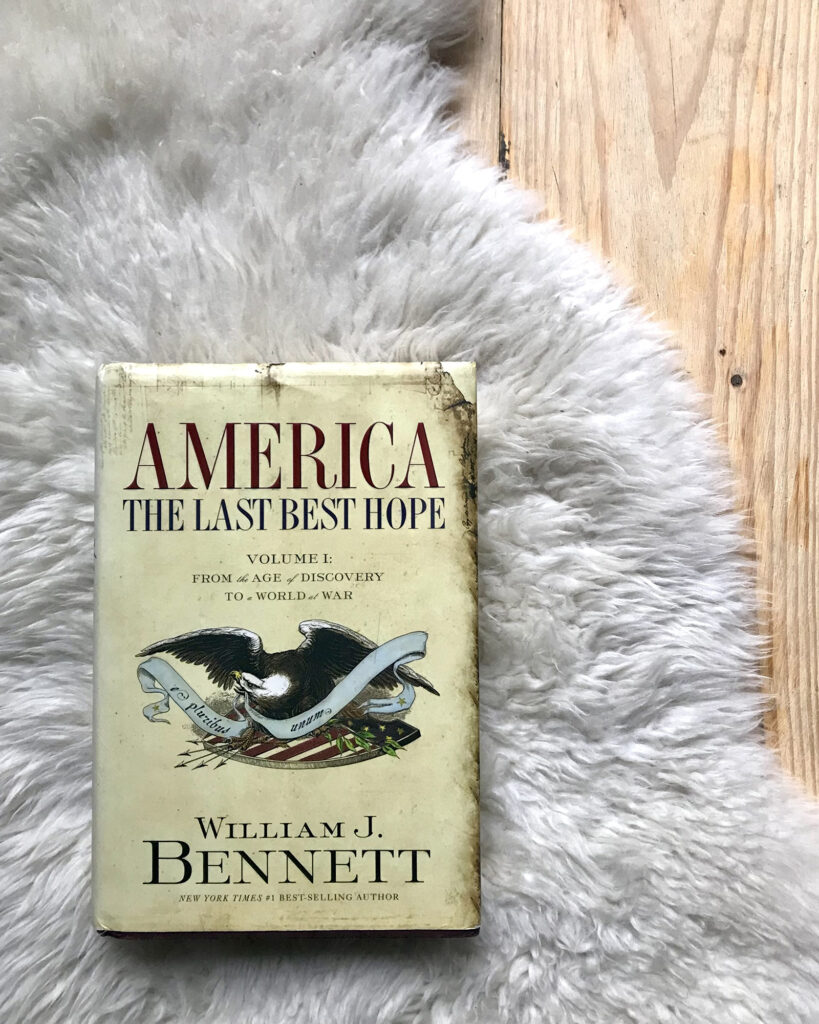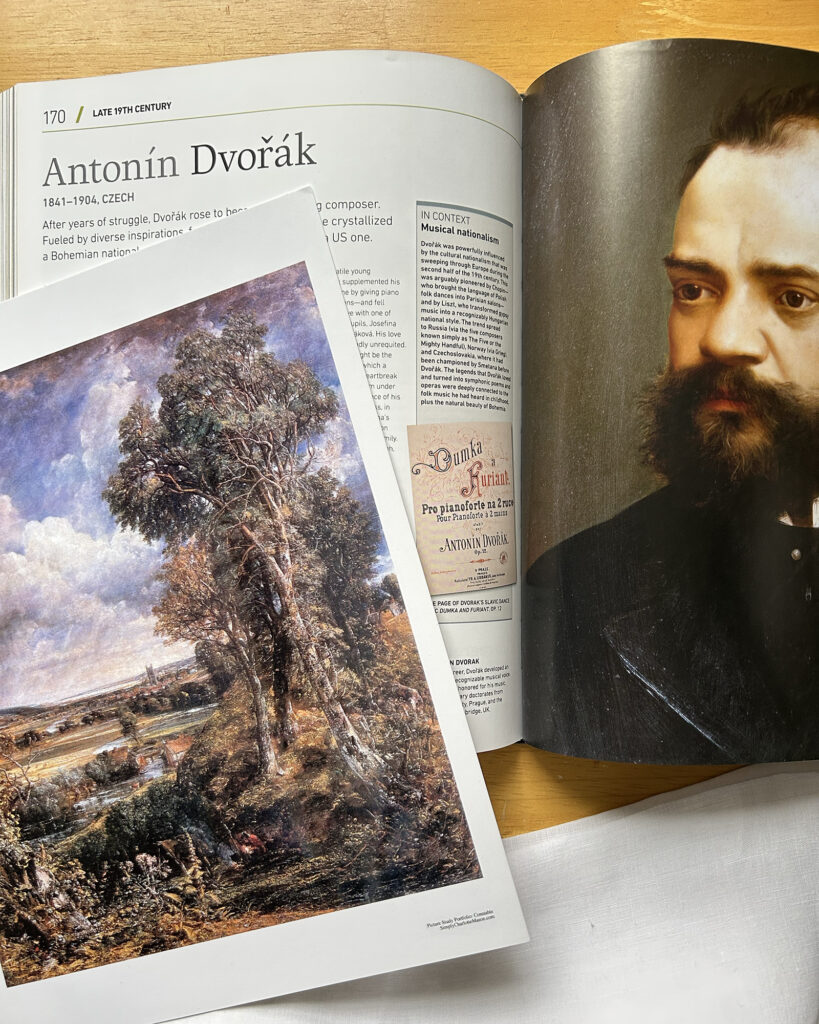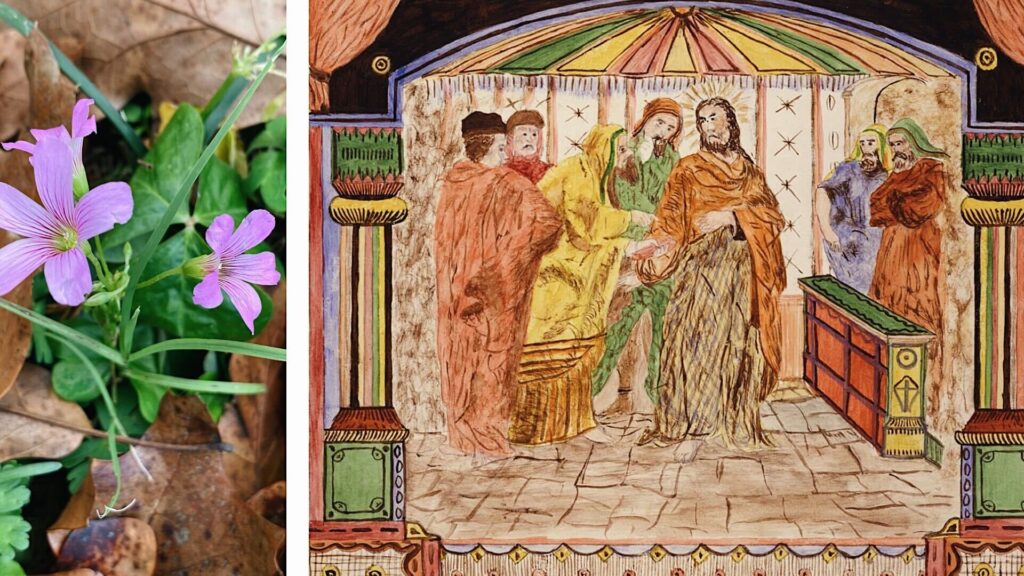The CMP Review — Week of January 6
January 6, 2025
We’ve been making pocket notebooks at home for a while now, and it’s one of our favorite creative projects that all ages can enjoy. A few months ago, I added a fun new tool to our process—a perforation rotary cutter. It lets us create perforated pages, making it easy to tear out finished notes or doodles. It’s such a simple upgrade, but it feels like it takes our handmade notebooks to a whole new level.
Do you ever make your own notebooks or stationery? I’d love to hear your favorite tools or tips!
@tessakeath
January 7, 2025

“The destiny of the child is ruled by his parents,” wrote Charlotte Mason, “because they have the virgin soil all to themselves. The first sowing must be at their hands, or at the hands of such as they choose to depute… What do parents sow? Ideas. We cannot too soon recognise what is the sole educational seed in our hands, or how this seed is to be distributed.”
Yes, parents have the soil to themselves, and yes, they sow ideas. But not every idea is for every time of life, and not every seed comes from home. And parents must not only sow, but also encourage the reaping of habit.
Few people better understood Charlotte Mason’s model of idea and habit better than Dr. Helen Webb, known affectionately as the “Beloved Physician.” In her article “Seed Time,” she illuminated the relationship between soil, seed, and season in the heart and life of the child. It’s fascinating and thought-provoking, recommended reading for any Charlotte Mason educator. Now for the first time you can find it online, here.
@artmiddlekauff
January 8, 2025

Do you partake in buddy reads? A buddy read is when you choose to read a book with one or more people and then discuss it.
My first buddy read is William J. Bennet’s America: The Last Best Hope, recommended by my eldest son. So far, it’s an even-handed history that doesn’t shy away from the good, bad, or the ugly.
Having a peer to read it with has been edifying as we discuss each chapter and what our own history education was like.
@rbaburina
January 9, 2025

Last week I shared that when my youngest son was approaching the upper forms, I decided to plan a picture study rotation for him that would progress chronologically from the High Middle Ages to the Twentieth Century. I didn’t mention that I also did the same thing with composer study.
Some of you have asked to see the sequence we are following (we’re about 3/4 of the way through). So I decided to post it. It’s by no means perfect and is not meant to be normative. At least one artist is clearly in the wrong place, and the choice of composers betrays my personal preferences (although I tried not to exclude any of the really big names).
Enjoying art and music this way has allowed us to experience a multi-year journey through the history of art, and it has been a delight. Perhaps it might inspire you as you consider how to schedule picture and composer study in your own homeschool journey. You can find it here.
@artmiddlekauff
January 10, 2025
Our faithful friends at the feeder.
Who is visiting yours these days?
@antonella.f.greco
January 11, 2025



Freezing fog never disappoints!
Do you ever get this phenomenon where you live?
@antonella.f.greco
January 12, 2025

Luke 11 ends with three verses unique to Luke. “In this paragraph,” writes Ralph Earle, “we see the animosity of the Pharisees at its unreasonable worst. As Jesus left the house, the scribes and the Pharisees began to harass Him, trying to provoke Him to say something for which they could get Him into trouble. They were lying in wait for Him, to catch something out of his mouth… The verb catch means literally ‘to hunt.’”
But as Charlotte Mason observed, Jesus was not afraid of this hunt. Whether in a storm of wind and rain, or a storm of angry men, Christ would go “His way majestic through.” Read or hear Charlotte Mason’s portrayal of Christ’s serenity in the face of trouble here.
@artmiddlekauff